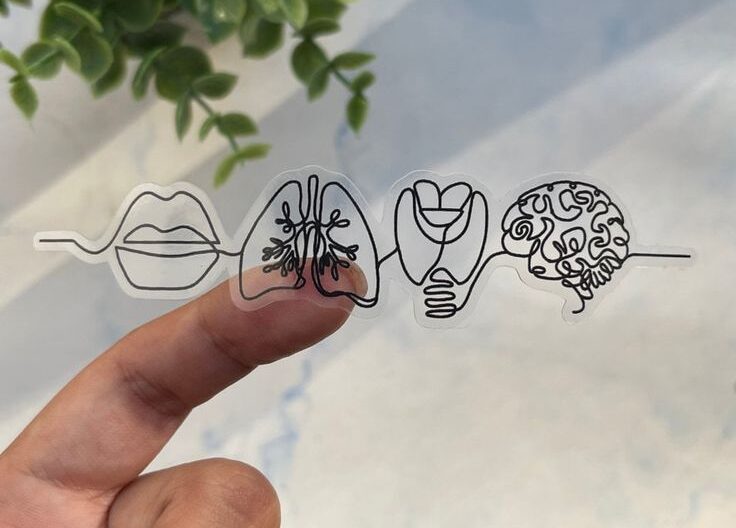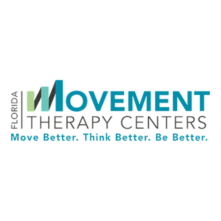
Communication is fundamental to human connection, yet for those living with movement disorders such as Parkinson’s disease, Huntington’s disease, or ALS, expressing oneself can be a significant challenge. These conditions can impair speech, making it difficult to be understood, leading to frustration and isolation.
However, advancements in speech therapy are offering new hope, empowering individuals with movement disorders to reclaim their voices and enhance their quality of life.
The Evolution of Speech Therapy
Traditionally, speech therapy for movement disorders focused on exercises to strengthen muscles involved in speech production and techniques to compensate for difficulties in articulation and phonation. While these approaches have been beneficial, recent innovations have expanded the scope of treatment, incorporating technology and specialized techniques to address the unique needs of each individual.
Technological Breakthroughs
One of the most exciting developments in speech therapy for movement disorders is the integration of technology. Speech therapy apps and software programs are now available, offering interactive exercises and feedback tailored to the user’s specific challenges. These tools can be used independently or in conjunction with traditional therapy sessions, providing additional practice and support between appointments.
Furthermore, wearable devices and speech recognition technology are revolutionizing how individuals with movement disorders communicate. Devices such as speech-generating devices (SGDs) and augmentative and alternative communication (AAC) systems allow users to generate speech through text or pre-programmed phrases, bypassing the need for vocalization. These devices are particularly beneficial for individuals with severe speech impairments, enabling them to participate in conversations and express themselves more effectively.
Targeted Therapeutic Approaches
In addition to technology, speech therapists are implementing targeted therapeutic approaches to address the unique challenges faced by individuals with movement disorders. For example, Lee Silverman Voice Treatment (LSVT), originally developed for individuals with Parkinson’s disease, focuses on improving vocal loudness and clarity through intensive exercises and sensory awareness techniques. Similarly, techniques such as melodic intonation therapy and rhythmic speech cueing utilize music and rhythm to facilitate speech production and improve fluency.
The Power of Multidisciplinary Collaboration
Another key aspect of innovative speech therapy for movement disorders is multidisciplinary collaboration. Speech therapists often work closely with other healthcare professionals, including neurologists, occupational therapists, and physical therapists, to provide comprehensive care tailored to the individual’s needs. This holistic approach addresses not only speech impairments but also other symptoms and challenges associated with movement disorders, such as swallowing difficulties and fine motor coordination.
Innovations in speech therapy are transforming the lives of individuals with movement disorders, offering new avenues for communication and connection. Through the integration of technology, targeted therapeutic approaches, and multidisciplinary collaboration, speech therapists are empowering their clients to overcome speech impairments and enhance their quality of life.
As these advancements continue to evolve, the future holds promise for even greater improvements in communication and well-being for individuals living with movement disorders. Make sure to give a look at our “Specialities” to see how we can best work with you!
